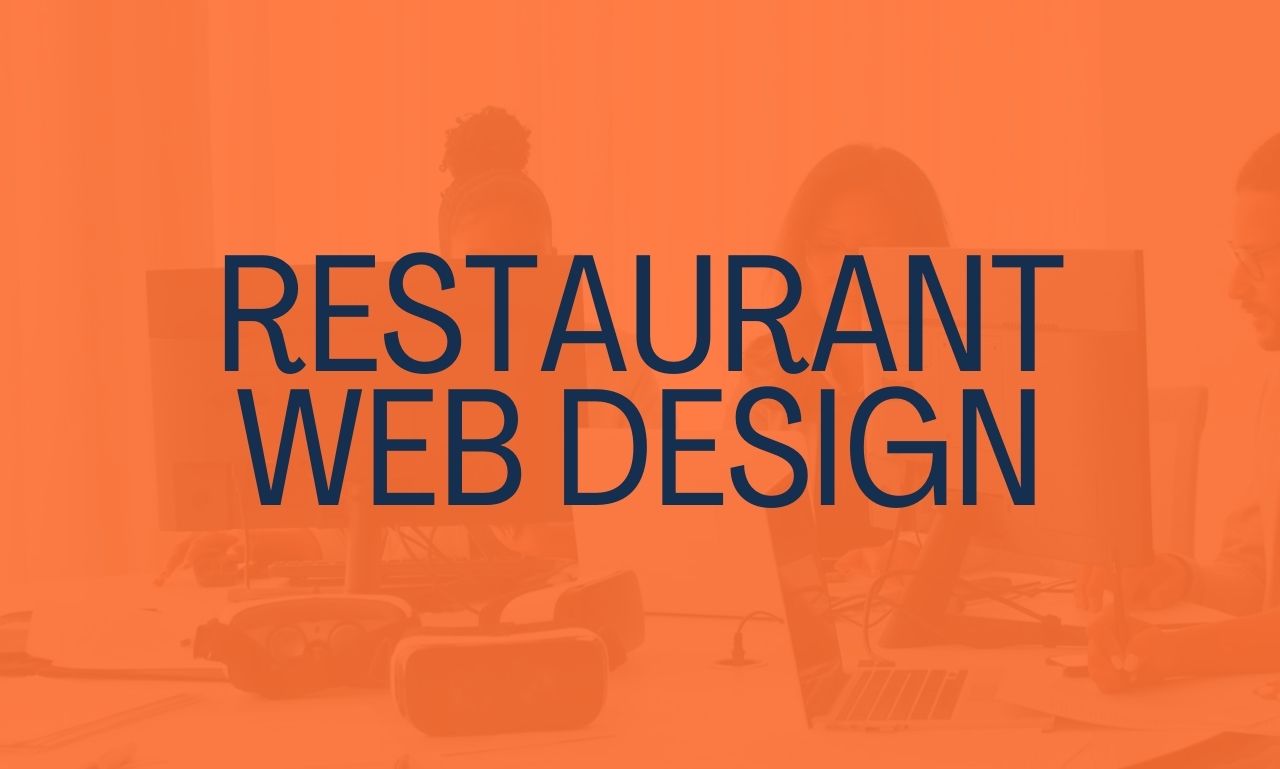Crafting an Appetizing Online Presence: Restaurant Web Design Tips
In the digital age, a restaurant’s success extends beyond the kitchen. Today, a compelling online presence is just as crucial as a delectable menu. This is where restaurant web design comes into play. Your website is the virtual front door to your establishment, and it’s essential to ensure that it not only looks enticing but also functions seamlessly. In this article, we’ll explore the key elements of restaurant web design and offer valuable tips to help you create the perfect online hub for your culinary venture.
The Importance of Restaurant Web Design
Before diving into the nitty-gritty of restaurant web design, let’s understand why it matters so much in today’s competitive culinary landscape.
1. First Impressions Matter
In the digital realm, your website serves as the first impression of your restaurant for potential customers. A well-designed website can captivate visitors, making them eager to explore your physical location and try your cuisine.
2. Accessibility and User Experience
An intuitive and user-friendly website design ensures that visitors can easily find essential information such as your menu, location, hours of operation, and contact details. A frustrating user experience can drive potential diners away.
3. Competitive Edge
A well-optimized website can give you a competitive edge in the restaurant industry. It allows you to reach a broader audience, attract more patrons, and stay ahead of competitors who may not have a strong online presence.
Now that we’ve highlighted the significance of restaurant web design, let’s delve into the essential elements that will make your website a mouthwatering success.
Key Elements of Restaurant Web Design
1. Eye-Catching Visuals
Incorporating Restaurant Web Design
When designing your restaurant’s website, it’s crucial to use high-quality images that showcase your establishment’s ambiance and cuisine. Professional photos of your dishes can make visitors crave your food before they even step inside your restaurant.
2. Responsive Design
Ensuring a Seamless Experience
Incorporate responsive design principles to ensure that your website looks and functions flawlessly on all devices, from desktop computers to smartphones. This is particularly important as many people search for restaurants on their mobile devices while on the go.
3. Clear Navigation
Navigating Your Online Menu
A well-organized menu is essential for a restaurant website. Create a clear and concise menu layout that allows visitors to easily browse your offerings. Ensure that menu categories are intuitive and that items are accompanied by mouthwatering descriptions.
4. Reservation System
Booking Made Easy
Implement an online reservation system to streamline the booking process for your customers. This convenience can significantly enhance the user experience and encourage more people to dine at your restaurant.
5. Contact Information
Reaching Out
Include a prominent “Contact Us” section with your restaurant’s phone number, email address, and a map showing your location. Make it easy for potential diners to get in touch or find your restaurant.
6. Engaging Content
Telling Your Story
Incorporate engaging content that tells the story of your restaurant. Share the history, the chef’s journey, and any unique culinary experiences you offer. Storytelling can create a connection with your audience and make your restaurant more memorable.
SEO for Restaurant Web Design
To optimize your restaurant’s online presence further, it’s essential to incorporate SEO (Search Engine Optimization) strategies into your web design. Here’s how you can do it effectively:
1. Keyword Optimization
Restaurant Web Design: More Than Meets the Eye
Ensure that your website content, including blog posts and menu descriptions, includes relevant keywords like “restaurant web design” to improve your search engine rankings. However, use these keywords naturally and avoid overstuffing.
2. Local SEO
A Taste of Your Neighborhood
Optimize your website for local SEO by including location-specific keywords and phrases. This will help your restaurant show up in local search results when potential customers are looking for dining options in your area.
3. Mobile Optimization
On-the-Go Dining
Given the increasing use of mobile devices, prioritize mobile optimization to cater to users searching for restaurants while on the move. A mobile-friendly website also tends to rank higher in search results.
In conclusion, restaurant web design plays a pivotal role in attracting and retaining customers in the digital age. It’s not just about aesthetics; it’s about creating a user-friendly, engaging, and search-engine-optimized online platform for your culinary venture. By incorporating these essential elements and SEO strategies, you can ensure that your restaurant’s website leaves a lasting impression on visitors and drives more hungry patrons through your doors. So, roll up your sleeves, and let’s start crafting a delectable online presence for your restaurant!

